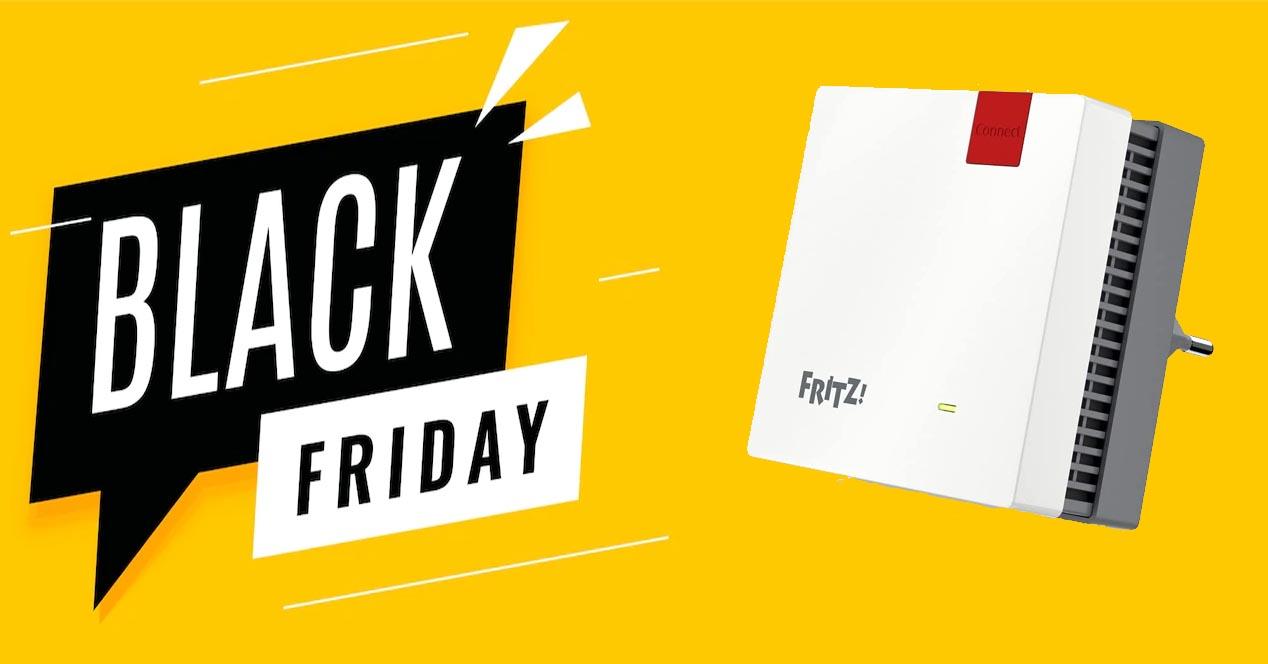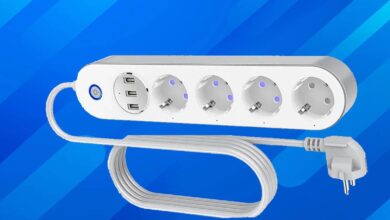
DNS via QUIC
To be able to surf the Internet, visit a page such as RedesZone, the DNS-protocol It’s fundamental. What it does is translate the information that we put in the browser. Simply putting the domain name leads us to the corresponding IP address, so we won’t have to remember meaningless numbers.
However, this protocol, by itself, is not reliable and does not maintain privacy. There are options like DoH (DNS over HTTPS) or DoT (DNS over TLS) that encrypt the connection.
Something like this happens with QUICK, which is a network protocol created by Google. We can say that it works in a similar way to HTTP/2 and TLS/SSL, but instead of using TCP it is based on UDP. In this way, DoQ arises, which is DNS through QUIC. We can say that it works in a similar way to DoT, so it maintains privacy, but it uses QUIC AND DoH3, that is, DNS over HTTP/3.
The latter, the fact use HTTP/3, makes it faster. This will help load a web page a little faster. Avoid that key exchange that uses TLS encryption and that will slow down the connection.
In addition, DNS through QUIC or DoQ will also be more secure since it corrects one of the main problems of TCP, which is the sending of the packet header in plain text, something that can be exposed and can be read without authentication.
less latency
An important point of DNS over QUIC is that it is specifically designed to reduce latency. You will reduce the delays of this protocol thanks to features such as support for 0-RTT data or advanced packet loss recovery procedures.
Have a low latency it is important for browsing the Internet, but especially for using certain services. For example, start an online video call, play online or use certain tools that will need no delay or as little as possible to avoid problems.
In short, DNS will be able to work through the QUIC protocol. This will help maintain privacy when browsing the Internet, something essential nowadays, but without having certain speed and latency problems that other similar protocols have. Therefore, we will keep the connection encrypted and prevent a third party from intercepting what we send, but at the same time keeping the connection working optimally. You can see all the specifications of this protocol.



